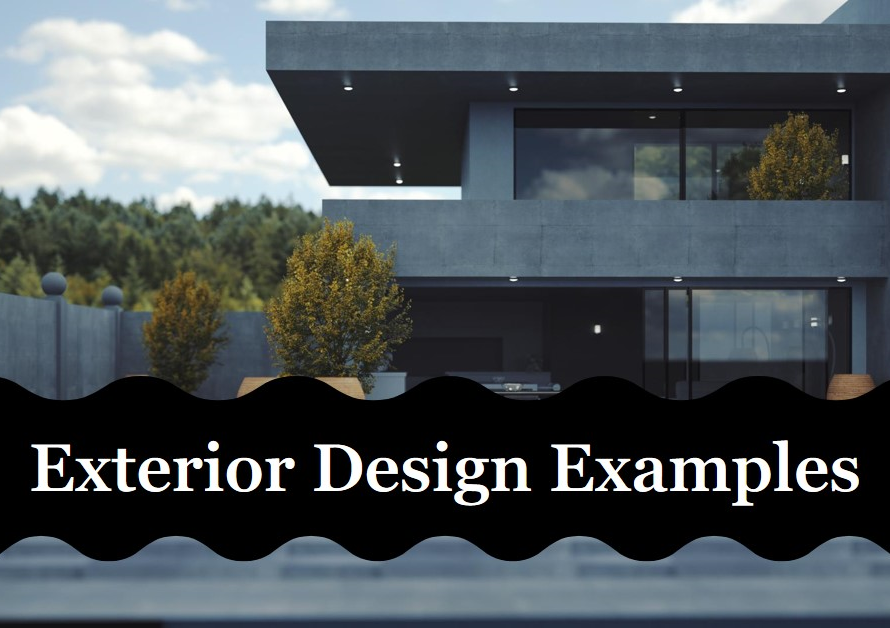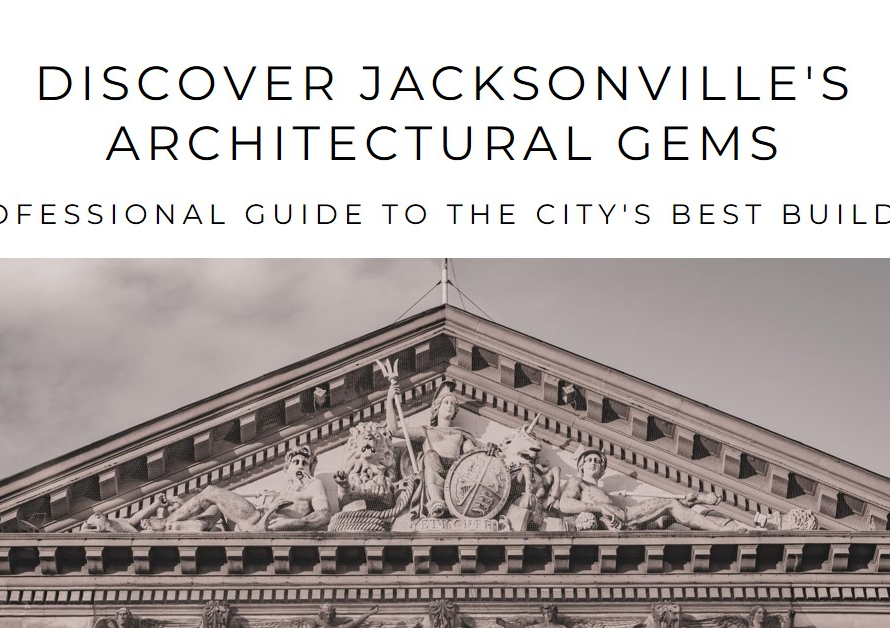
Table of Contents
Unveiling the Future: Embracing Contemporary Architecture
Contemporary Architecture, In the realm of architecture, the landscape is constantly evolving, with each era leaving its indelible mark on the built environment. As we stand on the threshold of the 21st century, contemporary architecture emerges as a beacon of innovation, pushing boundaries and redefining the way we perceive space and form. In this blog post, we embark on a journey to explore the captivating world of modern designs, delving into the essence of contemporary architecture and unraveling its significance in shaping our urban fabric.
The Evolution of Architecture: From Tradition to Innovation
Architecture is a reflection of human civilization, echoing the cultural, social, and technological advancements of its time. Over the centuries, we have witnessed a remarkable evolution in architectural styles, from the majestic temples of ancient civilizations to the soaring skyscrapers of the modern era. However, it is in the realm of contemporary architecture that we witness a convergence of tradition and innovation, where architects draw inspiration from the past while embracing the possibilities of the future.
In the wake of rapid urbanization and globalization, contemporary architects are faced with the challenge of creating spaces that not only accommodate the needs of a rapidly expanding population but also foster a sense of identity and belonging. In doing so, they blur the lines between art and functionality, weaving together form and function to craft architectural masterpieces that captivate the imagination and inspire awe.
Breaking Barriers: The Rise of Iconic Structures
One of the hallmarks of contemporary architecture is its penchant for pushing the boundaries of design and engineering. From the iconic Burj Khalifa in Dubai to the futuristic Guangzhou Opera House in China, modern architects are defying gravity and reimagining the possibilities of built space. These iconic structures serve as testaments to human ingenuity, showcasing the limitless potential of architectural innovation.
In embracing contemporary architecture, we embrace a philosophy that celebrates creativity and imagination. By challenging convention and embracing experimentation, architects have the power to shape not only the physical landscape but also the way we experience and interact with our surroundings.


Sustainability by Design: A Greener Tomorrow
In an age of environmental crisis, sustainability has emerged as a central tenet of contemporary architecture. Recognizing the finite nature of our planet’s resources, architects are increasingly turning to sustainable design practices to minimize the environmental impact of their creations. From passive solar design to green roofs, contemporary architects are harnessing the power of technology and innovation to create buildings that are not only aesthetically pleasing but also ecologically responsible.
By embracing sustainable design principles, architects have the opportunity to mitigate climate change, reduce carbon emissions, and create healthier, more resilient communities. From net-zero energy buildings to LEED-certified developments, the possibilities for sustainable architecture are vast and promising.
The Power of Collaboration: Interdisciplinary Approach to Design
In the world of contemporary architecture, collaboration is key. Architects, engineers, urban planners, and designers come together to pool their expertise and creativity, resulting in synergistic design solutions that transcend disciplinary boundaries. By embracing an interdisciplinary approach to design, architects are able to tackle complex challenges and address the diverse needs of communities around the globe.
By fostering collaboration and embracing diversity, contemporary architecture has the power to transcend cultural, social, and geographical barriers, fostering a sense of unity and connectivity in an increasingly fragmented world.
Human-Centric Design: Putting People First
At the heart of contemporary architecture lies a commitment to human-centric design. Architects strive to create spaces that not only serve practical functions but also enhance the quality of life for their occupants. Whether it’s designing accessible public spaces or incorporating biophilic elements into building design, contemporary architects prioritize the needs and experiences of people above all else.
By placing people at the center of the design process, architects have the opportunity to create spaces that are inclusive, welcoming, and conducive to human flourishing. From mixed-use developments that promote community engagement to adaptive reuse projects that breathe new life into historic structures, human-centric design lies at the core of contemporary architecture.
Technology as a Catalyst: Driving Innovation in Architecture
In the digital age, technology plays an increasingly pivotal role in the field of architecture. From advanced modeling software to cutting-edge fabrication techniques, architects have access to a vast array of tools and technologies that empower them to bring their creative visions to life. By harnessing the power of technology, architects are able to explore new design possibilities, optimize building performance, and streamline the construction process.
From parametric design to 3D printing, technology serves as a catalyst for innovation in contemporary architecture, enabling architects to push the boundaries of what is possible and reimagine the built environment in exciting new ways.
Cultural Resonance: Contextualizing Architecture in a Globalized World
In an era of globalization, contemporary architects are tasked with navigating the complex interplay between local traditions and global influences. Whether designing a museum in a bustling metropolis or a cultural center in a remote village, architects must strike a delicate balance between honoring the past and embracing the future. By contextualizing their designs within the cultural and historical fabric of a place, architects have the power to create spaces that resonate with people on a deeply emotional and cultural level.
In embracing contemporary architecture, we celebrate diversity, creativity, and innovation. From the towering skyscrapers of the urban jungle to the humble vernacular dwellings of rural communities, architecture serves as a mirror reflecting the aspirations and values of society.
Conclusion: Embracing the Future of Architecture
As we embark on this journey through the captivating world of contemporary architecture, one thing becomes abundantly clear: the future is filled with endless possibilities. By embracing innovation, sustainability, collaboration, and human-centric design, architects have the power to shape a better world for generations to come. In the words of pioneering architect Frank Gehry, “Architecture should speak of its time and place, but yearn for timelessness.” In embracing contemporary architecture, we embark on a quest to create timeless spaces that inspire, uplift, and endure.


